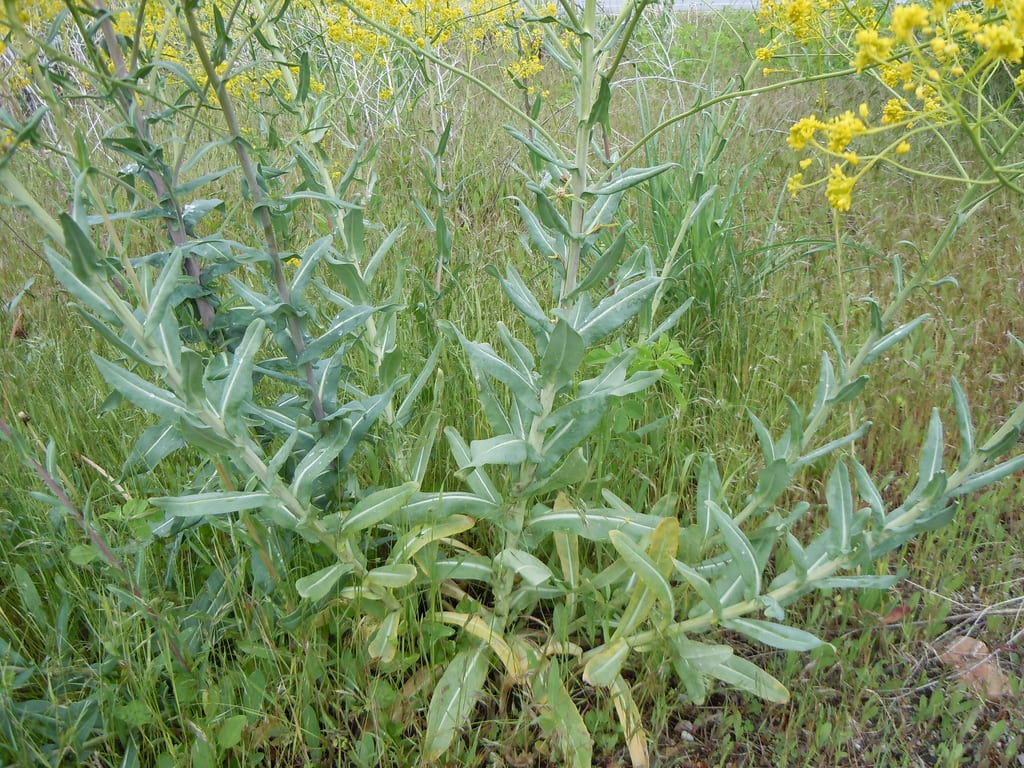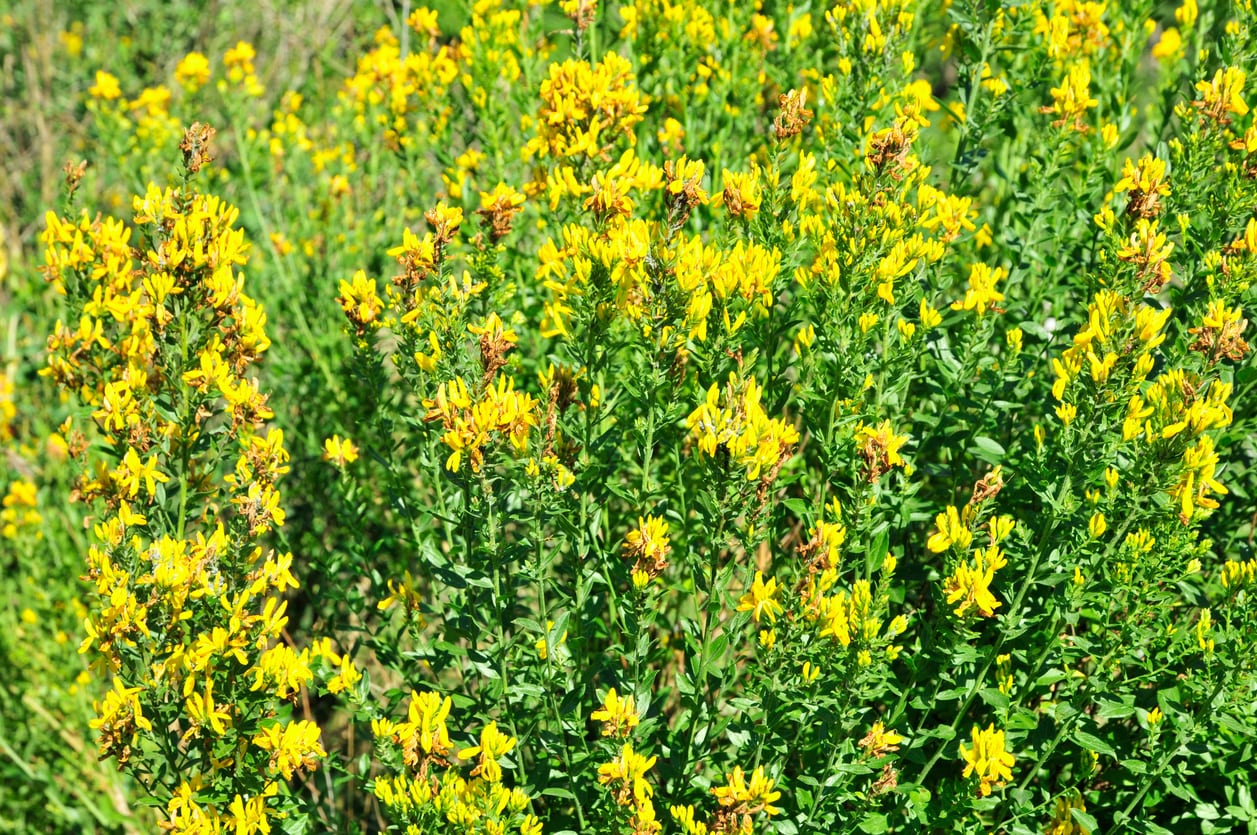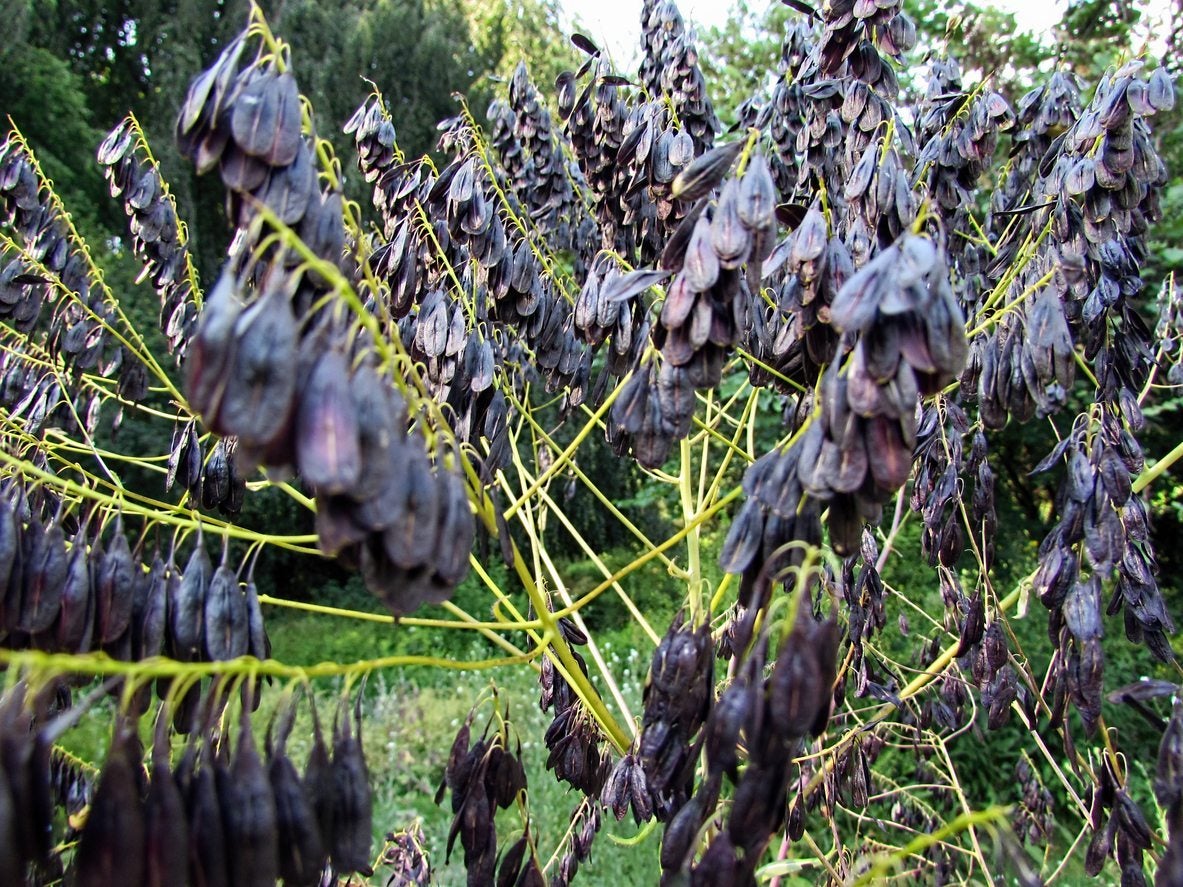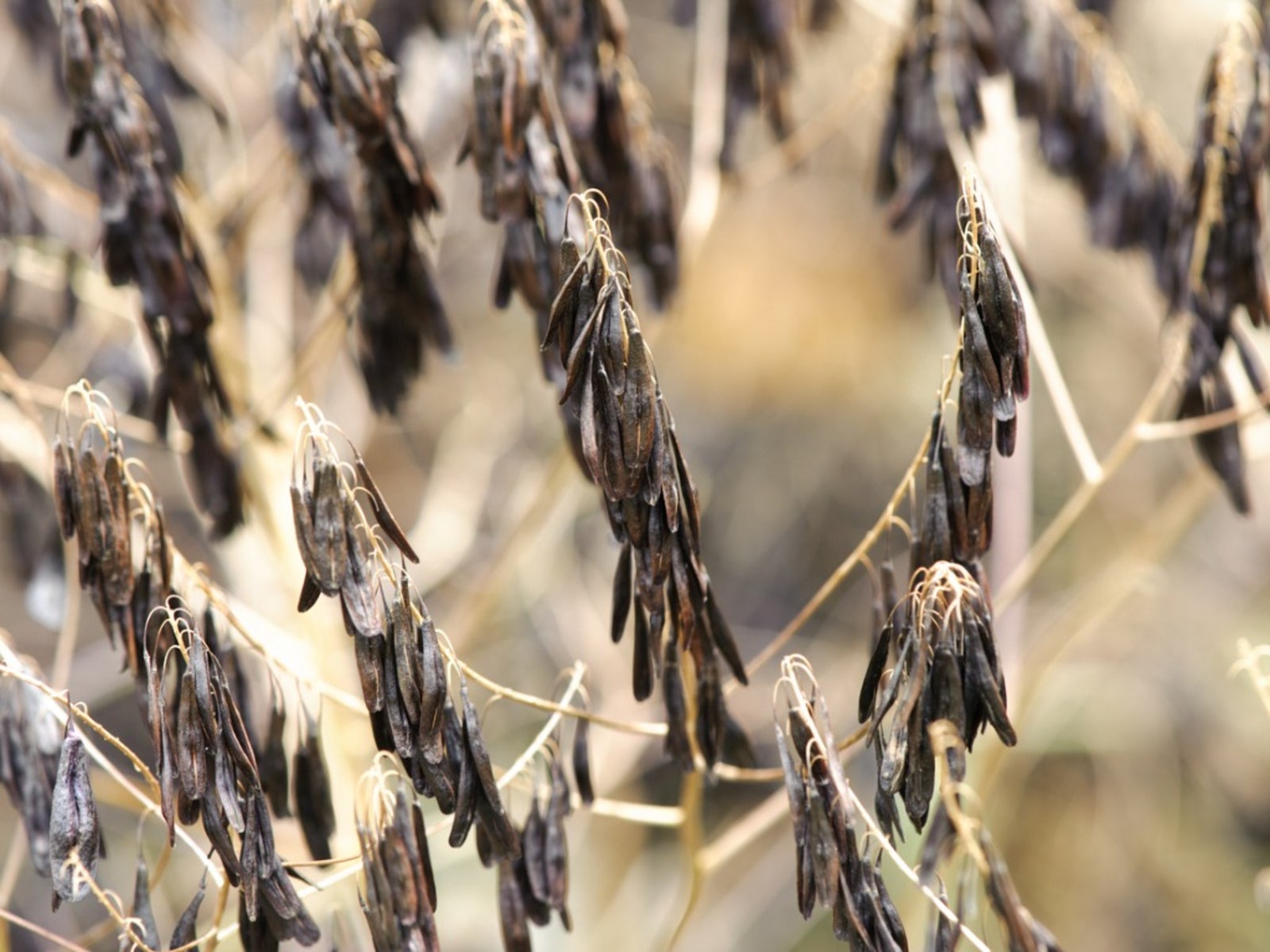Woad Leaf Harvesting – How To Pick Woad Leaves For Dyeing


If you’re at all interested in natural plant dyes, chances are you’ve heard of woad. It may not look like it, but in its plain looking green leaves there’s a very effective blue dye hiding. You just need to know how to get it out. If you’ve already planted dyer’s woad, the next important step in the process is harvesting the leaves. Keep reading to learn more about when and how to pick woad leaves for dyeing.
When to Harvest Woad Leaves
The color in dyer’s woad can be found in its leaves, so harvesting woad for dye is a matter of letting the leaves reach a certain size and picking them. Woad is a biennial plant, which means it lives for two years. In the first year, it focuses only on growing leaves, while in the second year it puts up a flower stalk and produces seeds. Woad dye harvest is possible in both seasons. In its first season, dyer’s woad grows as a rosette. You can begin harvesting the leaves when the rosette reaches about 8 inches (20 cm.) in diameter. If this is the second year of growth for your plant, you should harvest before it puts up its flower stalk. Dyer’s woad can spread very prolifically by seed, and is actually invasive in many areas, so you don’t want to give it the chance to flower or put out seeds. Second season woad leaf harvesting should include digging up the entire plant, roots and all.
How to Pick Woad Leaves
There are two ways you can go about picking the leaves during a first season woad dye harvest. You can either remove the entire rosette, leaving just the roots intact, or you can pick only the largest leaves, the ones that are 6 inches (15 cm.) or longer, and leave the shorter leaves in the middle of the rosette. In either case, the plant will continue to grow, and you should be able to get several more harvests out of it. If you pick the entire plant, of course, you’ll get fewer harvests, but you will have more leaves to work with this time. It’s completely up to you.
Gardening tips, videos, info and more delivered right to your inbox!
Sign up for the Gardening Know How newsletter today and receive a free copy of our e-book "How to Grow Delicious Tomatoes".

The only child of a horticulturist and an English teacher, Liz Baessler was destined to become a gardening editor. She has been with Gardening Know how since 2015, and a Senior Editor since 2020. She holds a BA in English from Brandeis University and an MA in English from the University of Geneva, Switzerland. After years of gardening in containers and community garden plots, she finally has a backyard of her own, which she is systematically filling with vegetables and flowers.
-
 Moody Blooms For Spring: 8 Types Of Black Flowers To Add Drama To Spring Displays
Moody Blooms For Spring: 8 Types Of Black Flowers To Add Drama To Spring DisplaysFrom midnight burgundies to inky violets, several types of black flowers can enrich and embolden a spring display. Try these brooding bloomers for a moody garden
By Tonya Barnett
-
 My Homemade Orchid Fertilizer Always Brings More Blooms – Here's The Easy Recipe That Transforms Plants
My Homemade Orchid Fertilizer Always Brings More Blooms – Here's The Easy Recipe That Transforms PlantsScientist-turned-gardener Mary Ellen Ellis shares her tried-and-tested DIY orchid fertilizer recipe, plus more ingredients to try for healthy, happy plants.
By Mary Ellen Ellis
-
 Is Woad A Weed – How To Kill Woad Plants In Your Garden
Is Woad A Weed – How To Kill Woad Plants In Your GardenThe woad plant is now naturalized in much of North America, although it is native to Europe. Is woad a weed? That depends upon your definition of a weed. If you need help getting rid of woad, then this article may help. Click here to learn more.
By Bonnie L. Grant
-
 Woad Propagation Methods: Tips For Growing New Woad Plants
Woad Propagation Methods: Tips For Growing New Woad PlantsDyer's woad is considered a noxious weed in some parts of the world, so you should check to make sure it's okay to grow in your area before planting. If it is safe, however, there remains one big question: how do you go about propagating woad plants? Find out here.
By Liz Baessler
-
 How To Plant Woad Seeds – Planting Woad Seeds In The Garden
How To Plant Woad Seeds – Planting Woad Seeds In The GardenWoad is not only a useful plant for dye, it also has a lovely, classic wildflower look, with clusters of yellow flowers followed by decorative blue-black seed clusters. To learn how to plant woad seeds in your own wildflower garden, click on the following article.
By Darcy Larum
-
 Woad Uses Beyond Dye: What Can Woad Be Used For In The Garden
Woad Uses Beyond Dye: What Can Woad Be Used For In The GardenThe uses of woad, for more than dyeing, are surprisingly plenty. Since ancient times, people have had many medicinal uses for woad, from treating a fever to healing lung infections and the measles and mumps viruses. Learn more in this article.
By Mary Ellen Ellis
-
 Dyeing With Woad – How To Get Dye From Woad Plants
Dyeing With Woad – How To Get Dye From Woad PlantsExtracting dye from woad takes a little practice, but it is worth it. When prepared properly, dye from woad results in a sky blue. You must follow all instructions for making woad dye or you might end up with greenish yellow tones. This article can help get you started.
By Bonnie L. Grant
-
 Woad Plant Care: Tips On Using Woad Plant Dyes
Woad Plant Care: Tips On Using Woad Plant DyesEastern Indian merchants began to introduce indigo to Europe where woad was the preferred dye. What is a woad plant and what other interesting information can we dig up? Is there a difference between indigo and woad plant dyes? Find out here.
By Amy Grant